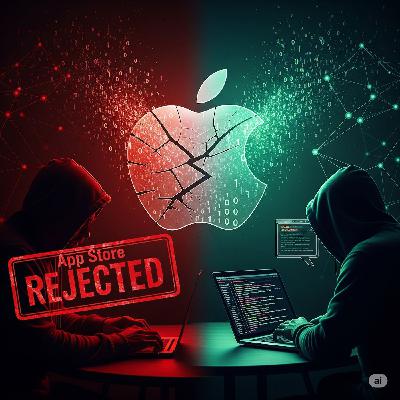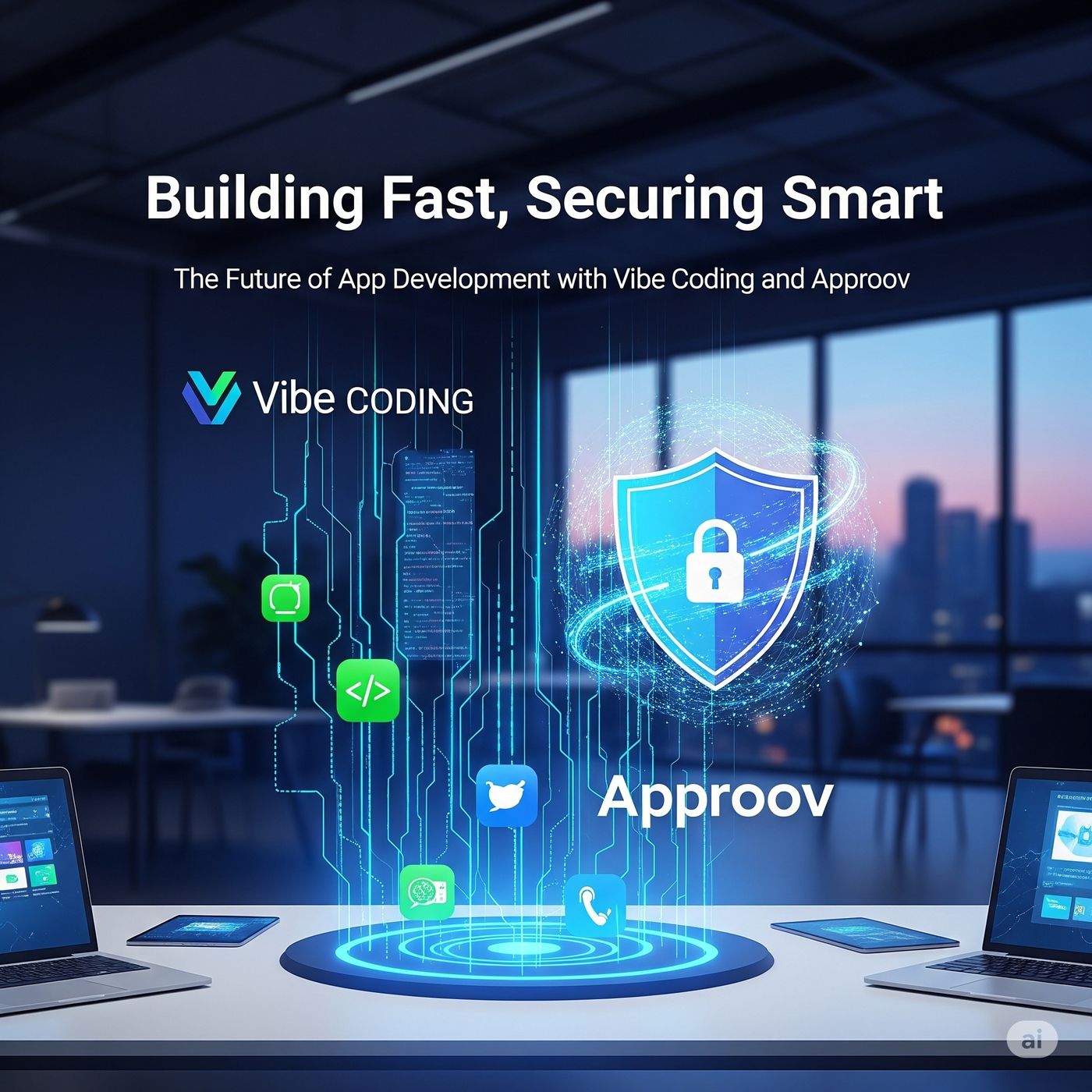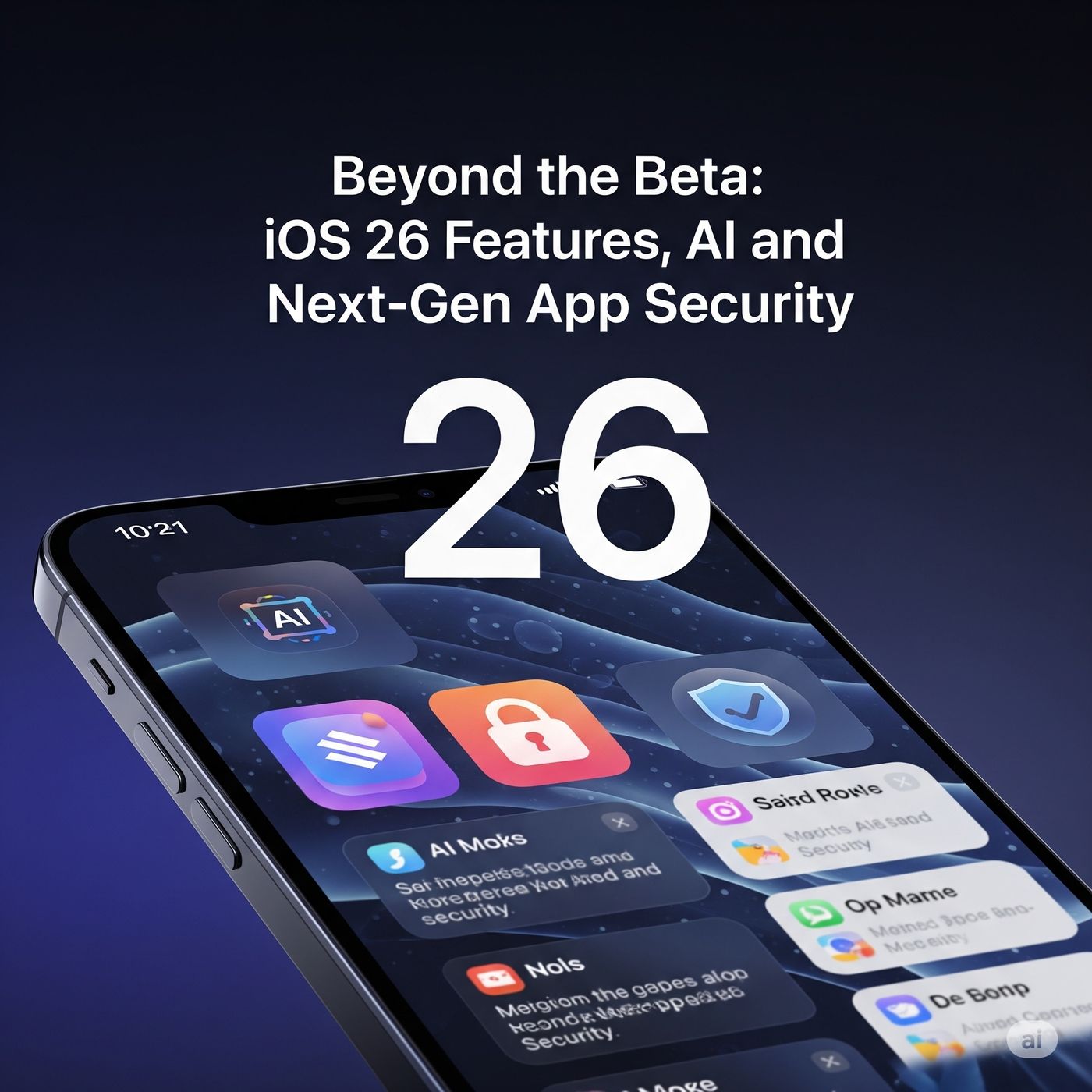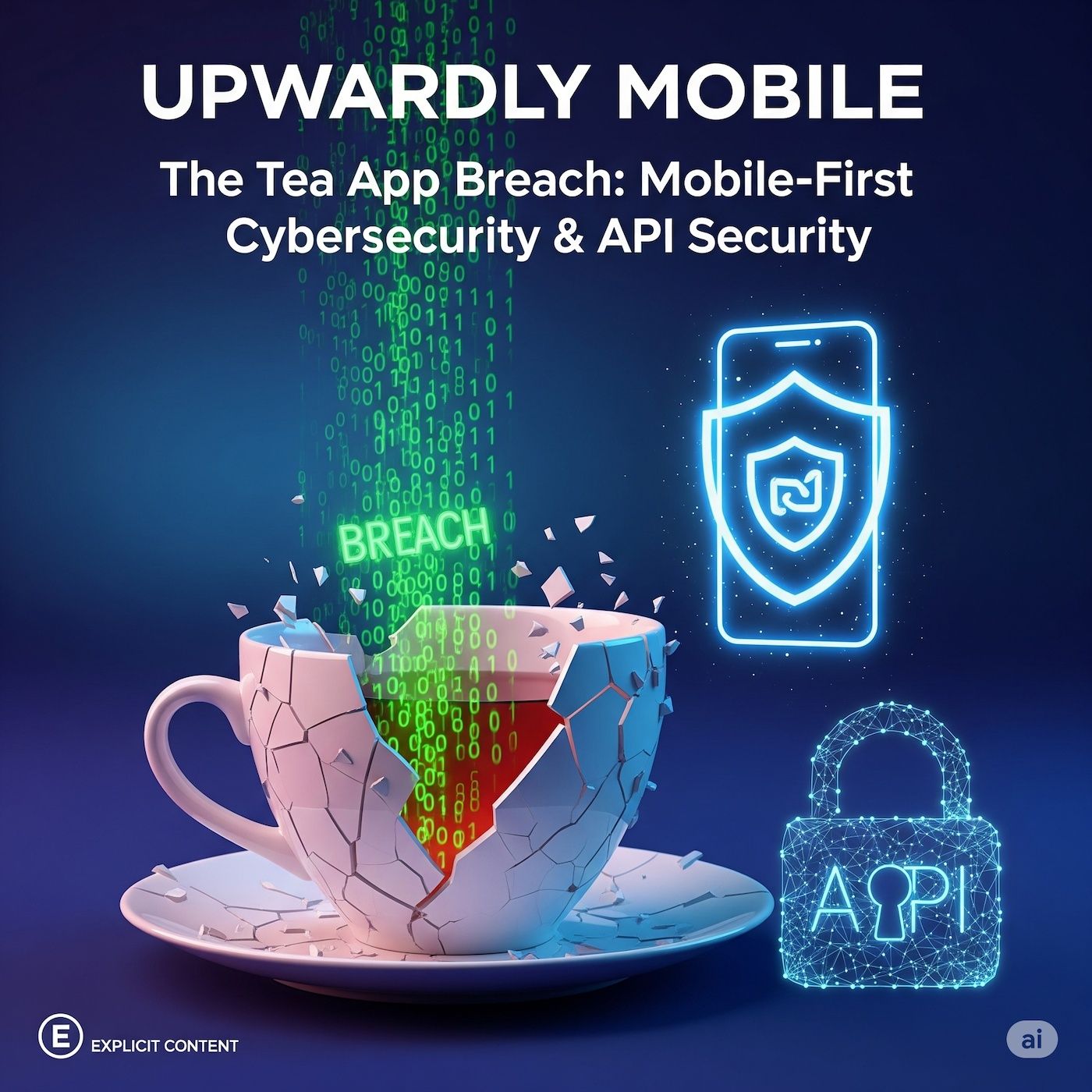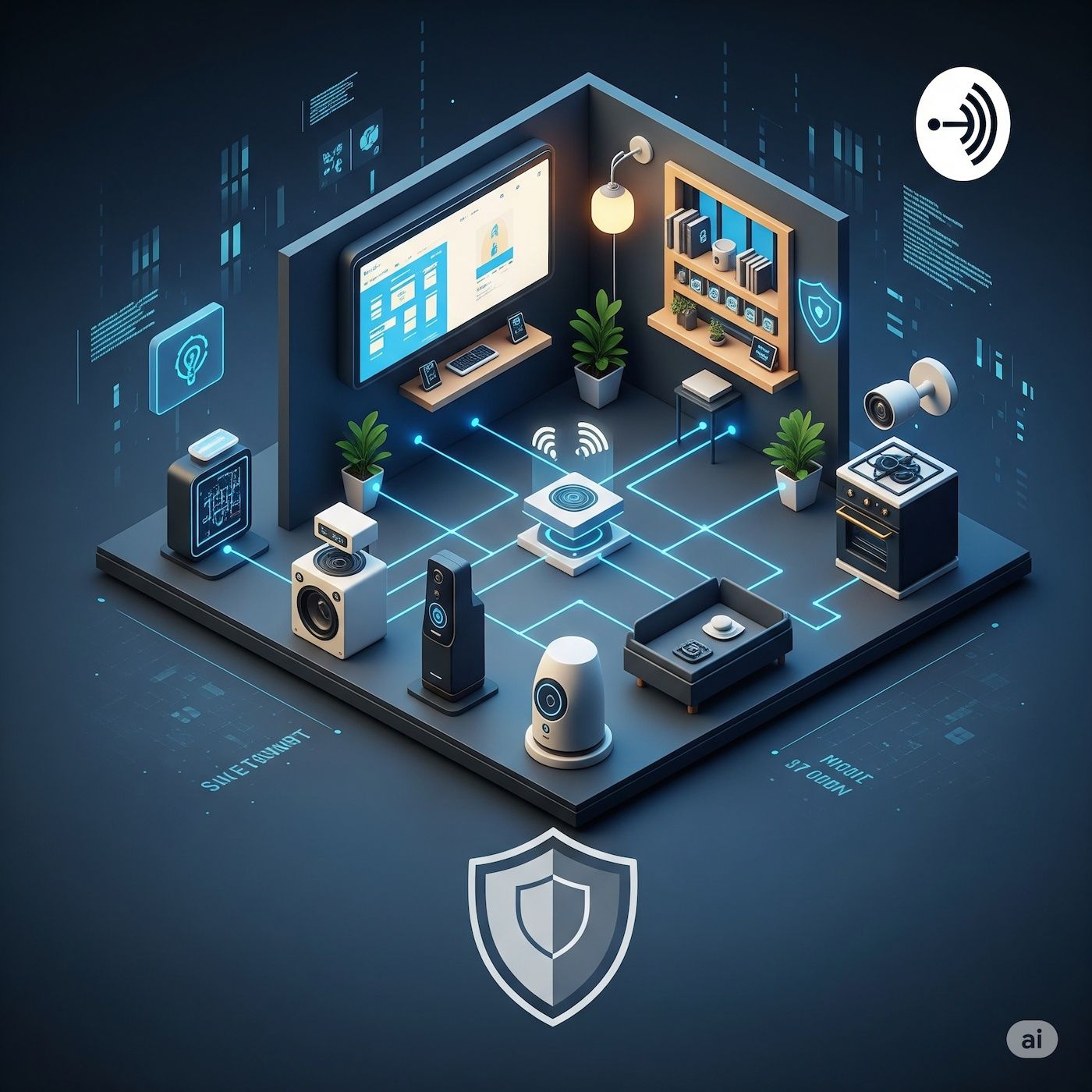Apple's iOS Obfuscation Dilemma: App Store Rejection & Developer Security Challenges
Update: 2025-08-18
Description
Apple's iOS Obfuscation Dilemma: App Store Rejection & Developer Security Challenges
In this vital episode of "Upwardly Mobile," we dive deep into the complexities of mobile app security within the healthcare sector, particularly concerning the HIPAA Security Rule and the challenges of iOS code obfuscation and App Store review. As telemedicine and mobile access to ePHI (Electronic Protected Health Information) become ubiquitous, understanding and implementing robust security measures is no longer optional—it's imperative. What You'll Learn in This Episode:
This content was created in partnership and with the help of Artificial Intelligence AI
In this vital episode of "Upwardly Mobile," we dive deep into the complexities of mobile app security within the healthcare sector, particularly concerning the HIPAA Security Rule and the challenges of iOS code obfuscation and App Store review. As telemedicine and mobile access to ePHI (Electronic Protected Health Information) become ubiquitous, understanding and implementing robust security measures is no longer optional—it's imperative. What You'll Learn in This Episode:
- The Evolving Threat Landscape for Healthcare Apps: Discover how the rapid adoption of mobile healthcare apps by both patients and practitioners has created new, data-rich attack surfaces for hackers. This includes apps used for consultations, prescription refills, appointment scheduling, accessing test results, and even those associated with medical devices.
- Limitations of Traditional Security: We explore why traditional security approaches and even robust TLS (Transport Layer Security) are often insufficient for protecting mobile healthcare apps and their APIs, particularly due to the unique exposure of mobile app code and device environments. Xcode's native build settings like symbol stripping and dead code stripping are primarily for optimization and offer no meaningful protection against determined reverse-engineering efforts.
- Proposed Improvements to the HIPAA Security Rule: Learn about Approov's specific recommendations to strengthen the updated HIPAA Security Rule (initially proposed in June 2024), focusing on mobile apps accessing ePHI. Key proposed changes include mandating:
- App Attestation: A proven technique to ensure only genuine, unmodified apps can access APIs.
- Runtime Device Attestation: Continuous scanning and real-time reporting of device environments to block requests from compromised devices.
- Dynamic Certificate Pinning: Essential for protecting communication channels from Man-in-the-Middle (MitM) attacks, even when traffic is encrypted.
- API Secret Protection: Explicit guidelines to ensure API keys are never stored in mobile app code and are delivered only as needed to verified apps.
- Runtime Zero Trust Protection of Identity Exploits: Additional controls like app and device attestation to provide an extra layer of zero-trust security against credential stuffing and identity abuse.
- Breach Readiness and Service Continuity: Extending incident response plans to cover third-party breaches and explicitly managing API keys and certificates during a breach.
- The Role of OWASP MASVS: Understand how the OWASP Mobile Application Security Verification Standard (MASVS) serves as the industry standard for mobile app security, offering guidelines for developers and testers. We specifically highlight MASVS-RESILIENCE for hardening apps against reverse engineering and tampering.
- The iOS Obfuscation Dilemma: Unpack the conflict faced by developers in regulated industries like fintech and healthcare: the critical need to protect proprietary algorithms and sensitive logic through code obfuscation versus the risk of rejection by Apple's App Store. Apple's guidelines are ambiguously enforced, often flagging aggressive obfuscation as an attempt to "trick the review process".
- Third-Party Obfuscation Solutions: Since Xcode provides no built-in true obfuscation features, we discuss the imperative for advanced third-party solutions. Learn about techniques like symbol renaming, string encryption, control flow obfuscation, and dummy code insertion. We also touch upon leading commercial tools like Guardsquare's iXGuard, Zimperium's Mobile Application Protection Suite (MAPS), and Appdome, as well as LLVM-based obfuscators.
- Obfuscation as a Compliance Control: Discover why code obfuscation and Runtime Application Self-Protection (RASP) are fundamental technical safeguards for HIPAA compliance and meeting the requirements of PCI DSS, even if not explicitly named in the regulations.
- Strategic Recommendations for Implementation: Get insights on implementing a risk-based tiered approach to app protection, integrating obfuscation into your CI/CD pipeline, and transparently communicating your security posture to the App Store review team to mitigate rejection risks.
- Sponsor: Learn more about app and API security solutions from Approov: approov.io
- Approov Blog: Injecting Mobile App Security into The HIPAA Healthcare Security Rule: approov.io/blog/injecting-mobile-app-security-into-the-hipaa-healthcare-security-rule
- OWASP Mobile Application Security (MAS) Project: owasp.org/www-project-mobile-app-security
- OWASP Mobile Application Security Verification Standard (MASVS): mas.owasp.org/MASVS/03-Using_the_MASVS/
This content was created in partnership and with the help of Artificial Intelligence AI
Comments
In Channel

